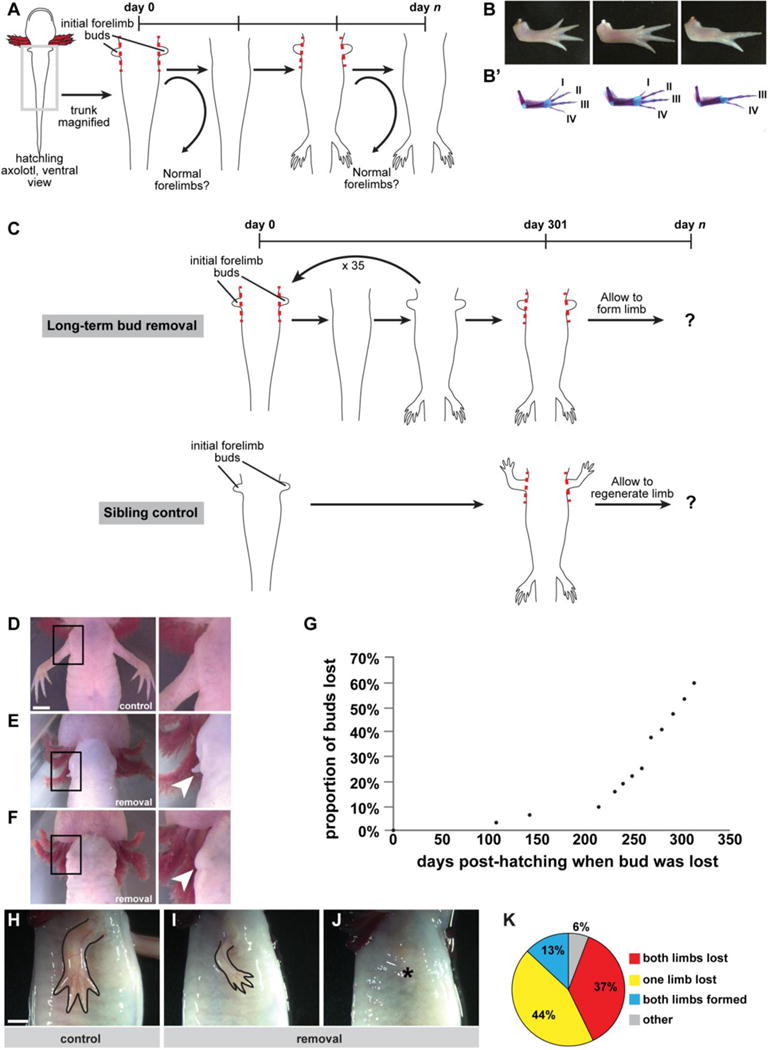Figure 1. Experimental design and gross morphological outcomes after repeated bud removal.

We performed two primary lines of experimentation: 1) short-term bud removal (i.e. up to 10 removals) with animal drop out and 2) long-term bud removal (i.e. 36 removals) without dropout. (A) Schematic of short-term bud removal experiments. Dashed red lines indicate cutting plane. Curved arrows indicate that animals are dropped out of the experimental protocol at select time points and then allowed to grow a limb. (B) Dorsal view of representative limb morphologies observed when limb formation is delayed. Anterior is at top and posterior is at bottom of the image. (B’) Dorsal view of skeletal preparations of limbs shown in (B). Digit identity is noted with Roman letters. (C) Schematic of long-term bud removal experiments. Dashed red lines indicate cutting plane. Control siblings were amputated proximally at the time of the last bud removal. Both control animals and animals that underwent repeated bud removal were allowed to fully form limbs after these final procedures. (D) Representative example of control limbs from a sibling of the exact same age as the experimental animals, ventral view, right forelimb/body junction (area inside black box) magnified at right. (E) Representative example of a reformed bud-like structure (arrowhead in magnified inset) on an experimental animal following 11 days of growth since last removal. (F) Representative example of loss of bud-like structure (arrowhead in magnified inset) following repeated removal, imaged 11 days after last removal. (G) Cumulative distribution plot of loss of bud-like structure as a function of time (n=32 buds/16 animals). (H–J) Representative examples of morphological outcomes when primary limbs are allowed to form at 313 days post-hatching, lateral view of right forelimb. (H) Sibling control amputated at the same time point, 313 days post-hatching, and allowed to regenerate for ~16 weeks (n= 26 forelimbs/13 animals). (I) Example outcome in an experimental animal allowed to form a fully patterned/differentiated limb, beginning at 313 days post-hatching (n=12/32 forelimbs). (J) Example outcome in an experimental animal which lost the ability to regrow a limb during the course of the study (n=19/32 forelimbs). Asterisk indicates shoulder joint. (K) Quantification of final outcomes in experimental animals (Both limbs lost: n=6/16 animals; one limb lost: n=7/16 animals; both limbs formed: n=2/16; other: n=1/16). Scale bars are 5 mm; bar in (D) applies to (D–F); bar in (H) applies to (H–J).
